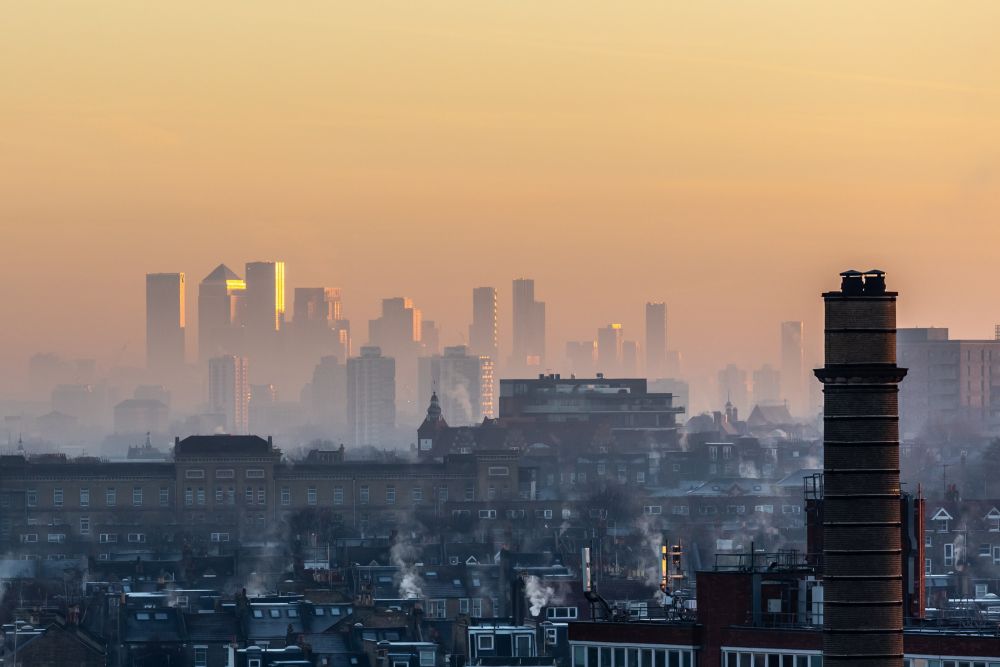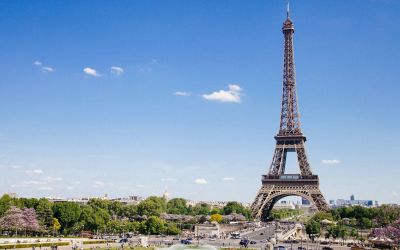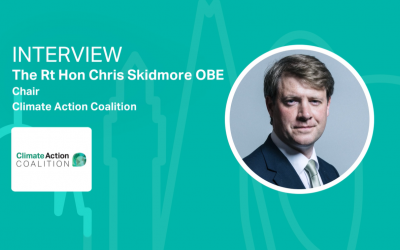New report finds dramatic reduction in emissions from ULEZ expansion in London
A new report shows that the first year of the Ultra Low Emission Zone (ULEZ) expansion to inner London has achieved a dramatic reduction in emissions and air pollution, and a huge increase in the share of vehicles that meet the ULEZ standards.

The first year of the Ultra Low Emission Zone (ULEZ) expansion to inner London has achieved a dramatic reduction in emissions and air pollution, and a huge increase in the share of vehicles that meet the ULEZ standards, according to a major new report from City Hall and peer reviewed by Dr Gary Fuller at Imperial College London.
Despite huge progress, the whole of London still exceeds the World Health Organization’s guidelines for air quality, and over half of deaths attributable to air pollution are in outer London.
Around 4,000 Londoners die prematurely every year due to toxic air, and the report published today shows that the Mayor’s air quality policies, in particular the ULEZ and LEZ schemes, are having a transformative impact - cutting the number of older, more polluting vehicles seen driving in London and reducing the levels of harmful air pollution.
The ULEZ was introduced in central London in 2019 and expanded to inner London in October 2021.
The central London ULEZ had a clear impact – in its first 10 months of operation, it helped reduce road transport nitrogen oxides (NOx) emissions by 35 per cent and CO2 emissions by 6 percent in the zone.
The landmark report shows that the ULEZ expansion has built on these benefits, with harmful nitrogen dioxide (NO2) levels 46 per cent lower in central London and 21 per cent lower in inner London than they would have been without the scheme.
The number of older, more polluting vehicles in the zone has also continued to reduce significantly, dropping by 60 per cent since the inner London expansion came into operation in October 2021– an average reduction of 74,000 polluting vehicles every day seen driving in the zone. Overall, there were nearly 50,000 fewer vehicles seen in the zone on an average day – a reduction of almost five per cent compared to the month prior to the expansion.
The Mayor announced last November that the ULEZ will be expanded across all London boroughs in August 2023 to help bring the air quality and associated health benefits to the five million people living in outer London.
The Mayor of London, Sadiq Khan said: “The evidence from this landmark report is clear – the ULEZ works. This is beyond dispute. It has already reduced toxic air pollution by almost half in central London and by over a fifth in inner London, transforming the quality of air for four million Londoners. "
“But there’s still more to do. Toxic air is a matter of life and death, with around 4,000 deaths in London attributed to air pollution in 2019. It’s also stunting the growth of children’s lungs and causing people to develop life-changing illnesses, such as cancer, lung disease, dementia and asthma.
Other key findings in the report include harmful nitrogen dioxide (NO2) concentrations are revealed to have reduced further than originally predicted, and are estimated to be 21 per cent lower in inner London and 46 per cent lower in central London than they would have been without the ULEZ.
Crucially, NO2 levels have not returned to pre-pandemic levels, indicating that even as traffic levels have risen, cleaner vehicles have had such positive impacts on emissions that air pollution levels continue to be far below what they would have been without the ULEZ and other policies that the Mayor has implemented.
Christina Calderato, TfL’s Director of Strategy and Policy, said: “This report is further clear evidence that the ULEZ is highly effective and does what it is designed to do, protect Londoners’ health and significantly reduce pollution. It is great to see that significant numbers of people have moved away from older, more polluting vehicles and some of the most deadly emissions have been cut by a quarter. With London still exceeding WHO guidelines and those in outer London disproportionately suffering as a result of the capital’s filthy air, there is no stronger case to support the zone covering the whole of the city."
Find out more here.






